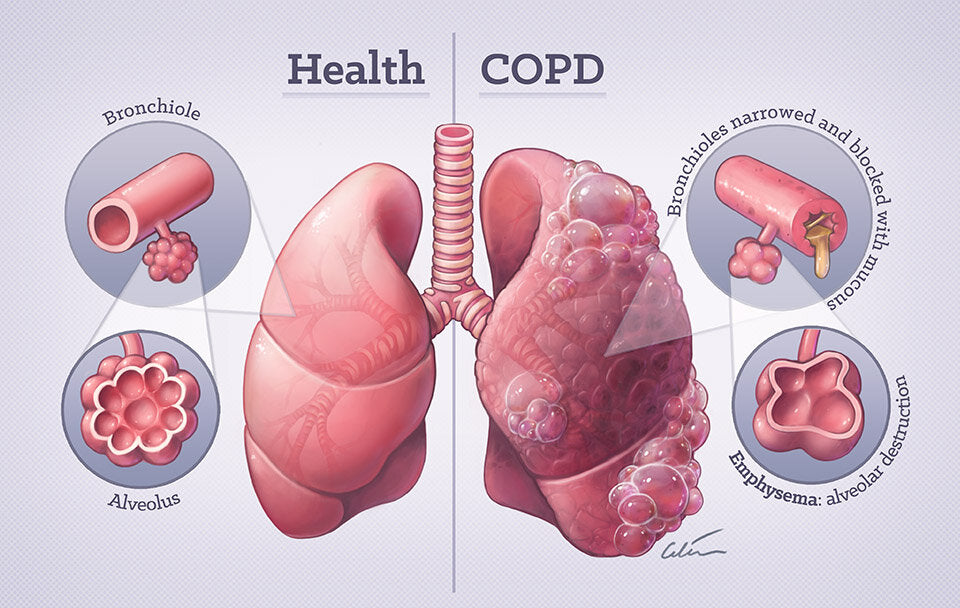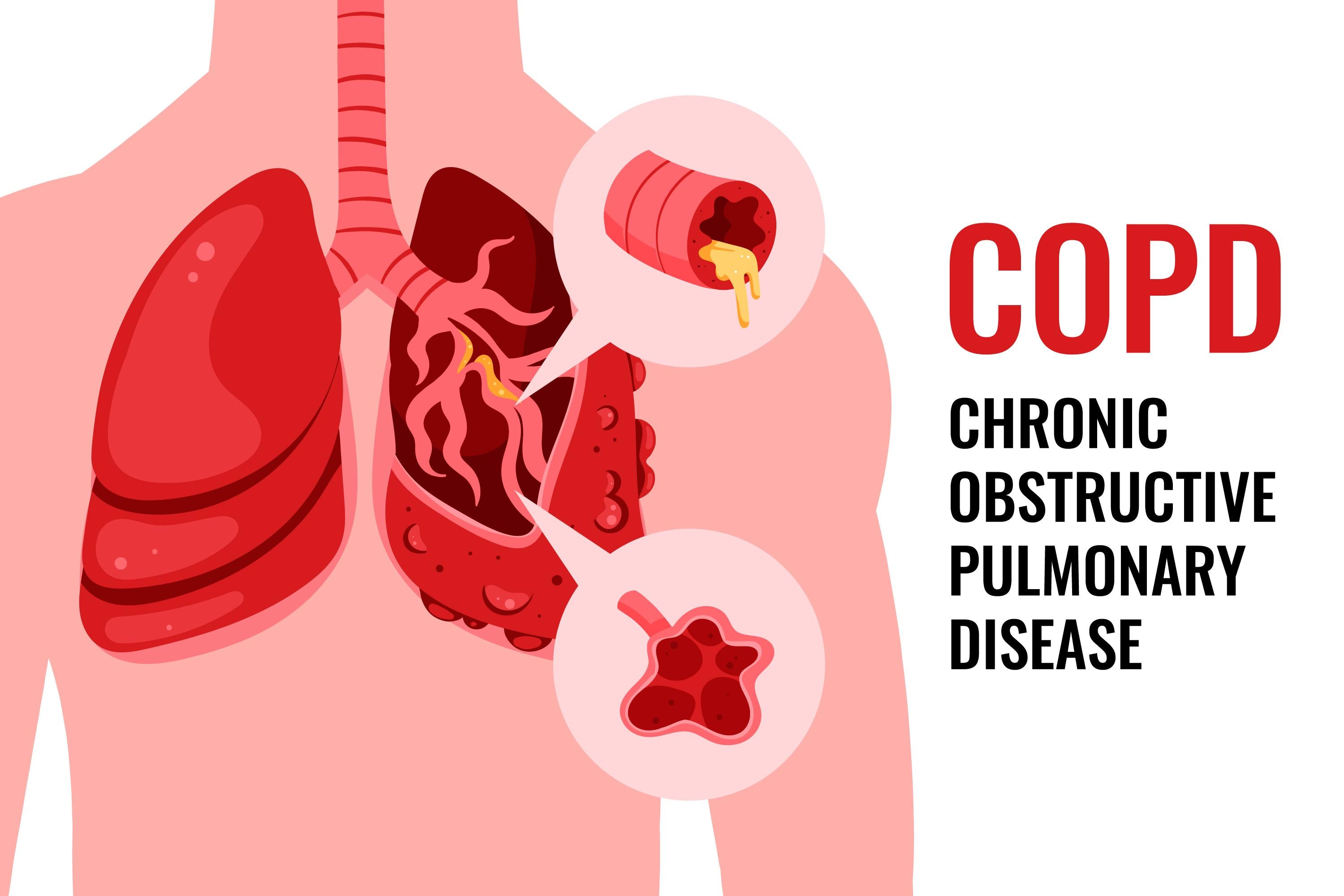OSITO Oxygen Concentrator Tips——What Symptoms are Associated with Stage III COPD?
If you’ve been diagnosed with Stage III COPD (severe), airflow limitation worsens as your lung function continues to decline. Your forced expiratory volume in one second (FEV) is between 30% and 49% of the predicted normal and you’re growing increasingly aware of the impact the disease is having on your life as work and chores around the house become more difficult.
Thankfully, COPD treatment and lifestyle changes can help you manage your symptoms and the daily challenges you’re going to face as you move forward in the disease.
Symptoms of Stage III COPD
Symptoms of Stage III COPD generally worsen at this point and sometimes even result in hospitalization. They may include:
- Severe shortness of breath
- Worsening cough and mucus production
- Chest tightness and wheezing
- Reduced tolerance to exercise
- Increased fatigue
- Repeated bouts of COPD exacerbation
Diagnosis of Stage III COPD
As with other stages of the disease, a diagnosis of Stage III, severe COPD begins with your doctor performing a physical examination and asking you questions about your health and smoking histories. She’ll also want to know if you’ve been exposed to other airway irritants, such as secondhand smoke or dust and chemicals in the workplace.2
You’ll complete a battery of tests, starting with spirometry, a simple breathing test that confirms the presence of COPD and gauges its severity. As previously mentioned, an FEV1 (measurement taken during test) ranging from 30% to 49% indicates you are in the severe stage of the disease.
Other tests that may be ordered include chest X-ray,CT scan, blood work and exercise testing. Together, these tests will reveal how well your lungs are functioning and the impact the disease has had on other organs in your body.
Treatment of Stage III COPD
Even though the disease is this advanced, there are steps you can take to help preserve the lung function you still have and slow further progression of the disease:
- Stomp out those cigarettes – continuing to smoke if you have COPD rapidly worsens lung function, triggers COPD exacerbation and increases the risk of other illnesses such as heart disease and lung cancer. To prevent, or slow the progression of COPD if you already have it, smoking cessation is a must.
- Vow to stay vaccinated – did you know that an annual flu vaccination can reduce the risk of severe illness and death in people with COPD by approximately 50 percent? And pneumonia vaccines help prevent pneumococcal pneumonia, a common cause of COPD exacerbation.
- Redeem your rescue inhaler – short-acting bronchodilators, such as albuterol (Proventil), are used on an as-needed basis for the relief of worsening COPD symptoms such as shortness of breath, cough and wheezing
- Use long-acting bronchodilators as prescribed – these types of bronchodilators are prescribed as maintenance treatment of COPD symptoms, meaning they’re used on a daily basis instead of just as-needed for sudden symptoms. Combining bronchodilators with different actions may be more effective, with fewer side effects, than using just one bronchodilator alone.
- Ask about Daliresp – phosphodiesterase-4 (PDE4) inhibitors like roflumilast (Daliresp) treat inflammation associated with COPD and help reduce the risk of COPD exacerbation.
- Improve quality of life with pulmonary rehab – combines a program of exercise and education to help improve life, reduce symptoms, decrease social isolation and prolong survival.
- Inquire about glucocorticoids – once you’ve reached Stage III COPD, inhaled glucocorticoids, or steroids, are recommended for those patients suffering from frequent COPD exacerbation. Oral steroids should be used sparingly and only when symptoms rapidly get worse.
- Eat healthy to improve lung function – it’s true, a healthy diet cannot reverse lung damage already incurred from COPD, but it can help you feel better and give you more energy to do the things you need to do, like breathe! A healthy diet can also help rev up the immune system, which helps prevent chest infections that commonly lead to COPD exacerbation.
- Say yes to oxygen therapy– when used more than 15 hours a day, oxygen therapy increases survival in some COPD patients with daytime hypoxemia. Supplemental oxygen has other benefits as well, such as improving mood, sleep, work performance and more!
For more information about symptoms, diagnosis and treatment of Stage III COPD, talk to your primary care provider or pulmonologist.




Leave a comment
This site is protected by hCaptcha and the hCaptcha Privacy Policy and Terms of Service apply.